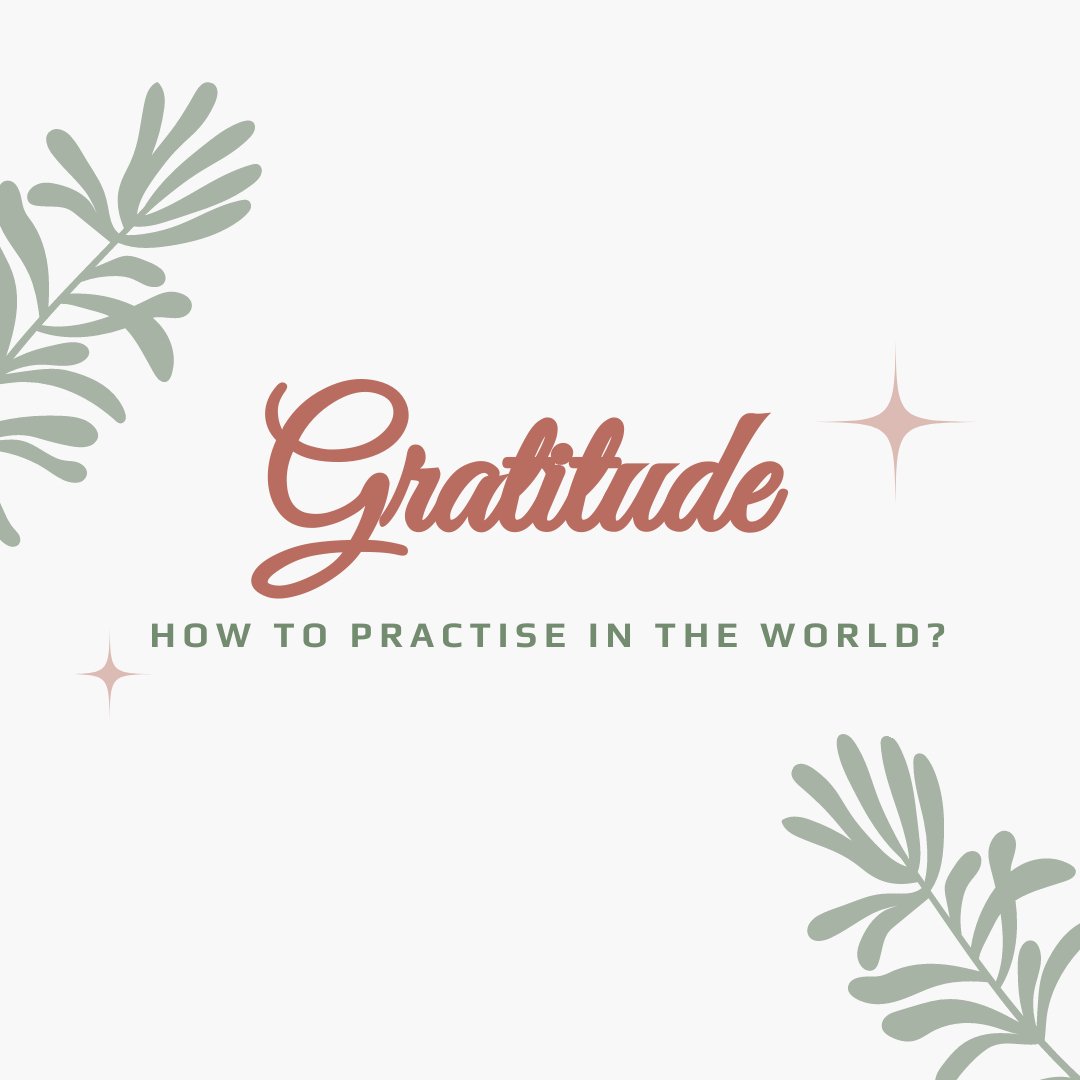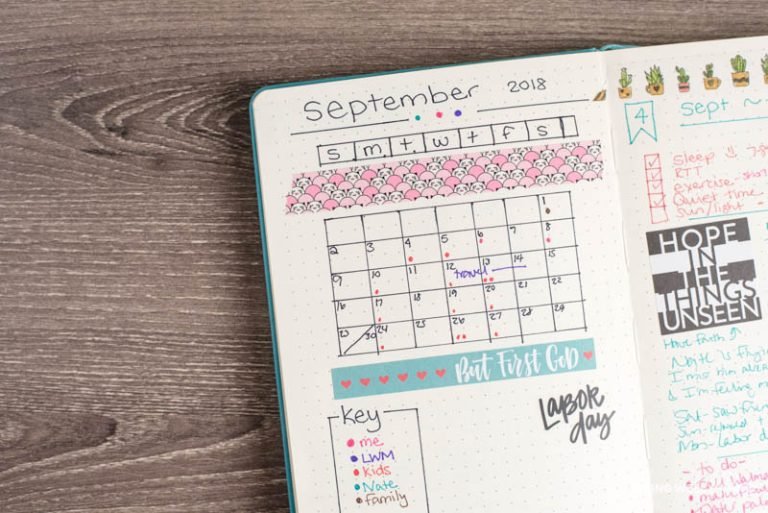Gratitude Practice – Simple Steps for a Happier Life
A gratitude practice can significantly improve your well-being. Recognizing and appreciating the positive aspects of your life can lead to lasting changes in mood and emotional health. Daily gratitude exercises, such as writing down things you are thankful for, can help cultivate a habit of recognizing the good in every day.
You might wonder how to get started with gratitude practice. Some simple methods include maintaining a gratitude journal, creating a gratitude tree, or even using a gratitude jar to collect daily reflections of thankfulness. These activities not only enhance your emotional state but also contribute to better mental and physical health.
To make the most out of gratitude practice, consider integrating it into your daily routine. Reflect on positive experiences each morning or evening, and engage in mindfulness practices that anchor you in the present moment. For more ideas and tips, explore this guide on cultivating a gratitude practice.
Foundations of Gratitude Practice
Practising gratitude involves recognizing and appreciating the positive aspects of your life, which can enhance your overall well-being. This section covers how gratitude works and the psychological mechanisms behind it.
Understanding Gratitude
Gratitude is the act of recognizing and appreciating the good things in life. This can range from acknowledging small daily pleasures to deeper, more significant life events. By regularly taking the time to reflect on what you are thankful for, you cultivate a mindset of appreciation.
Gratitude can be expressed in numerous ways. You might write in a gratitude journal, noting a few things you are thankful for each day. Alternatively, you could share your gratitude openly with friends and family, solidifying your relacionamentos. These practices help in generating positive emotions and lowering stress levels, contributing to better mental health.
The Psychology Behind Gratitude
The psychological benefits of gratitude are extensive. When you focus on positive experiences, the brain releases dopamine and serotonin, which are associated with feelings of joy and contentment. Neuroscience research shows that gratitude practices can lead to long-term changes in the brain, reinforcing optimistic thinking patterns.
Gratitude has also been linked to improving physical health by reducing stress and promoting better sleep. In social contexts, expressing gratitude strengthens bonds and builds trust, making your interactions more fulfilling.
The practice can also increase your resilience, helping you navigate life’s challenges with a more positive outlook. Regularly feeling and expressing appreciation creates an emotional uplift that positively affects your mood and outlook on life.
For more details, you can explore the variety of gratitude exercises that can be easily integrated into your daily routine.
Implementing Gratitude in Daily Life
Implementing gratitude in daily life involves simple yet effective practices. Key actions include maintaining a gratitude journal, practising mindfulness meditations, and engaging in specific gratitude exercises.
Gratitude Journaling Techniques
A gratitude journal can significantly enhance your overall sense of well-being. Three Good Things is a widespread technique where you jot down three positive happenings each day. This practice helps you focus on the positive aspects of life, enhancing your mood and improving sleep.
Other methods include writing detailed reflections about why you are grateful for specific events or people. This deepens your gratitude and brings awareness to the positive impacts in your life. By writing regularly, you reinforce these feelings, making gratitude a natural part of your daily routine.
Try keeping your gratitude journal by your bedside to make journaling a daily habit. Exemplo: Keeping a notebook in your purse or desk would allow you to jot down moments of gratitude as they occur throughout the day.
Mindfulness and Gratitude Meditations
Incorporating mindfulness with gratitude can profoundly impact your mental and emotional health. Mindfulness meditation involves focusing on the present moment and accepting it without judgment.
You can integrate gratitude into these meditations by concentrating on what you are thankful for. Start by sitting comfortably and taking deep breaths. As you breathe, think of things or people you are grateful for. Let these feelings fill your mind and body.
This practice not only boosts your mood but also changes your brain’s neural pathways, helping you to feel more gratitude naturally. Mindful gratitude meditations can be done anytime, whether as brief moments during the day or longer sessions where you dedicate more time to this practice.
Gratitude Exercises and Activities
There are several practical activities to foster gratitude. One activity is a Gratitude Walk, where you walk and reflect on things for which you are thankful. This combines physical exercise with mental positivity, improving both health and happiness.
Creating a Gratitude Jar is another fun and engaging way to practice. Use a decorated jar and note down your grateful moments daily, adding them to the jar. This can be a visual reminder of positive moments, reinforcing gratitude.
Additionally, a Gratitude Tree can be made by crafting a tree with paper and adding leaves labelled with things you are grateful for. These activities not only make the practice enjoyable but also visually reinforce gratitude.







